This is one of the most amazing things you will see in the wild.
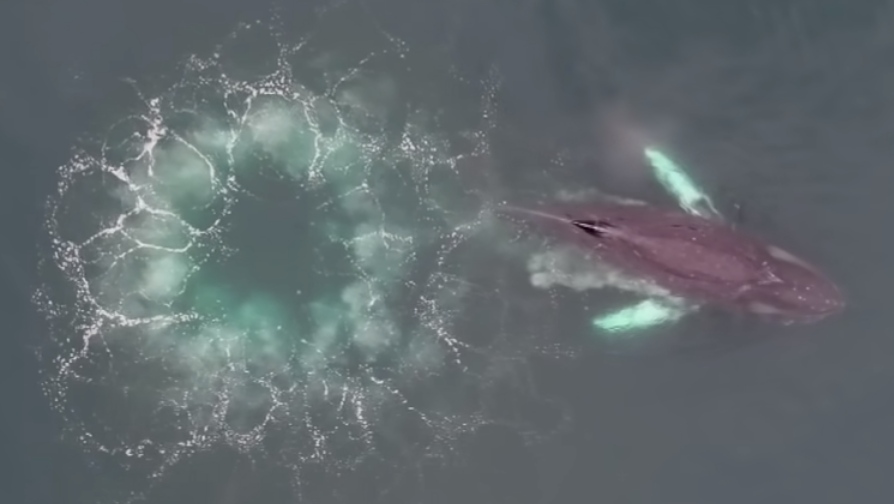
A breathtaking new video by the University of Hawaii shows humpback whales swimming in a circular pattern while blowing bubbles to create a “net” to encircle their prey. For the first time ever, the university’s researchers captured this regular whale behavior from an amazing whale’s-point-of-view along with drone footage.
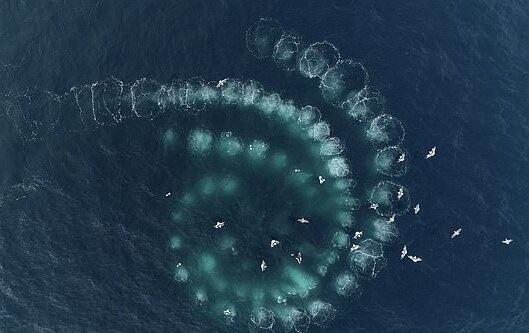
Filming in the cold blue-green waters of Southern Alaska, the team used cameras and sensors attached to the whales with suction cups, coupled with drones to capture the video and important data for a project investigating causes of a possible decline in the humpback whale numbers.
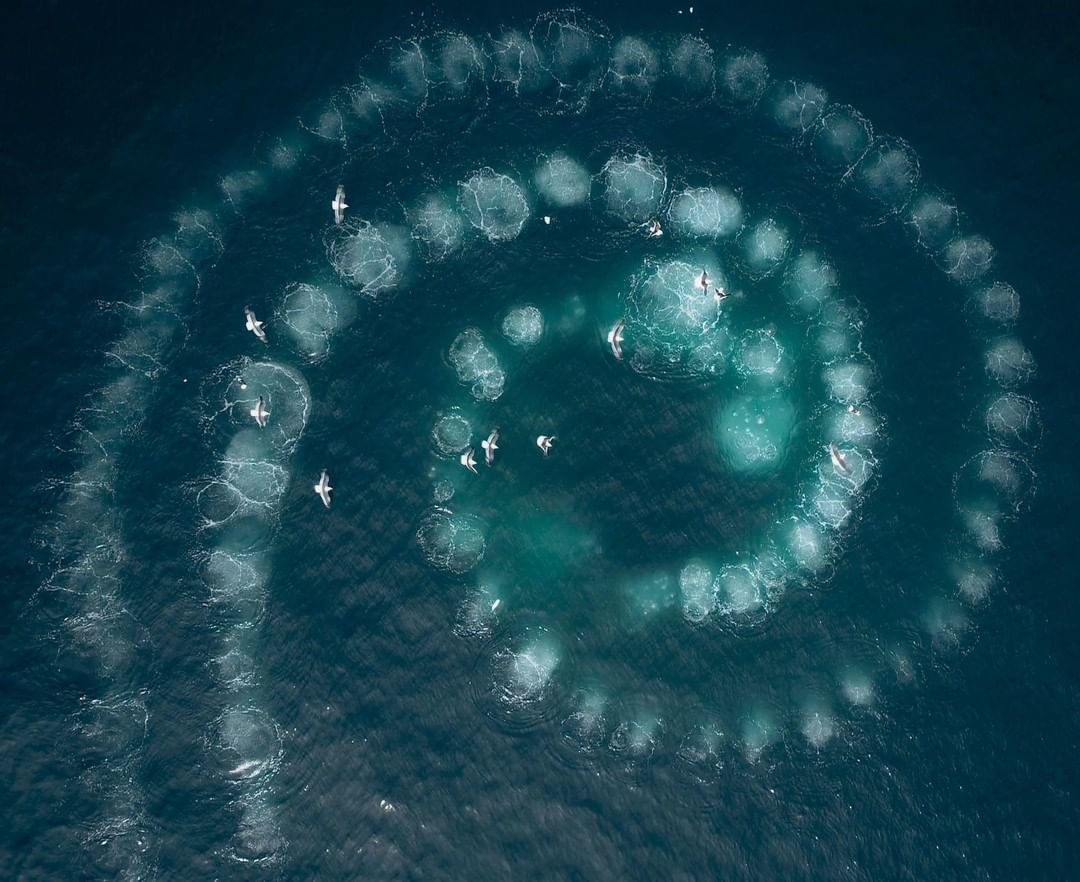
The video shows whales swimming around a school of fish in an ever-narrowing spiral, building an ever-narrower bubble wall with the air they blow out. Finally, they swallow their prey by swimming through the confined space with their mouths open.
“The footage is rather groundbreaking,” said Lars Bejder, director of the UH Mānoa Marine Mammal Research Program (MMRP). “We’re observing how these animals are manipulating their prey and preparing the prey for capture. It is allowing us to gain new insights that we really haven’t been able to do before.”
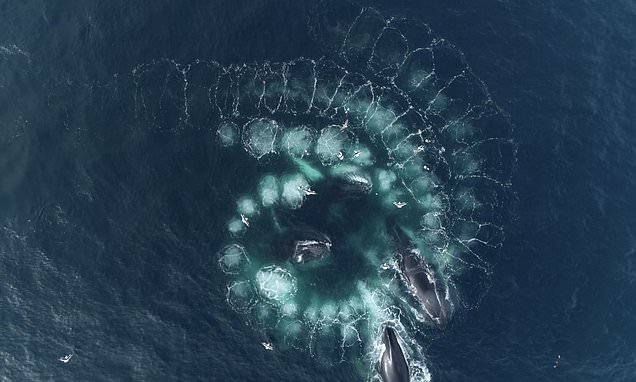
During the summer feeding period, about 3,000 humpback whales visit Alaska, while up to 10,000 of them are in Hawaii for the winter breeding period. When leaving their foraging grounds and migrating 3,000 miles, the whales stop feeding until their return several months later. Females in Hawaii use large amounts of energy when giving birth, lactating and raising their offspring before migrating back to their foraging grounds.
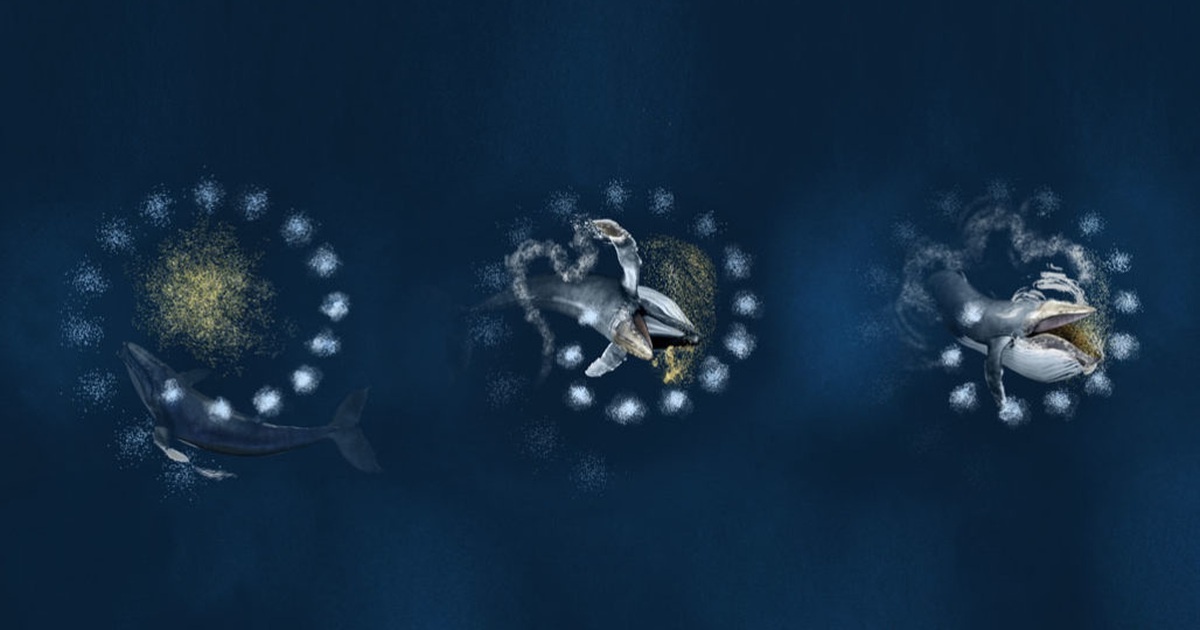
Illustration showing how a humpback whale blows a “net” made of bubbles and then splashes its flippers at the net’s weak parts to reinforce them before lunging to swallow the captured prey [marked in yellow]. Image credit: K. Kosma/Royal Society Open Science 2019
The researchers hope the new footage will shed light on shifts in habitat use and changes in food availability linked to prey depletion and climate change.

